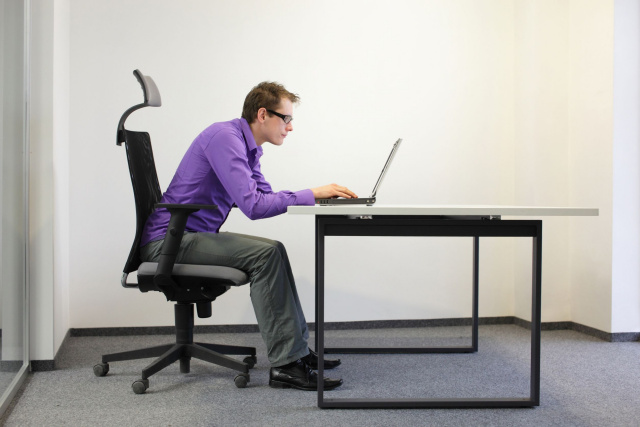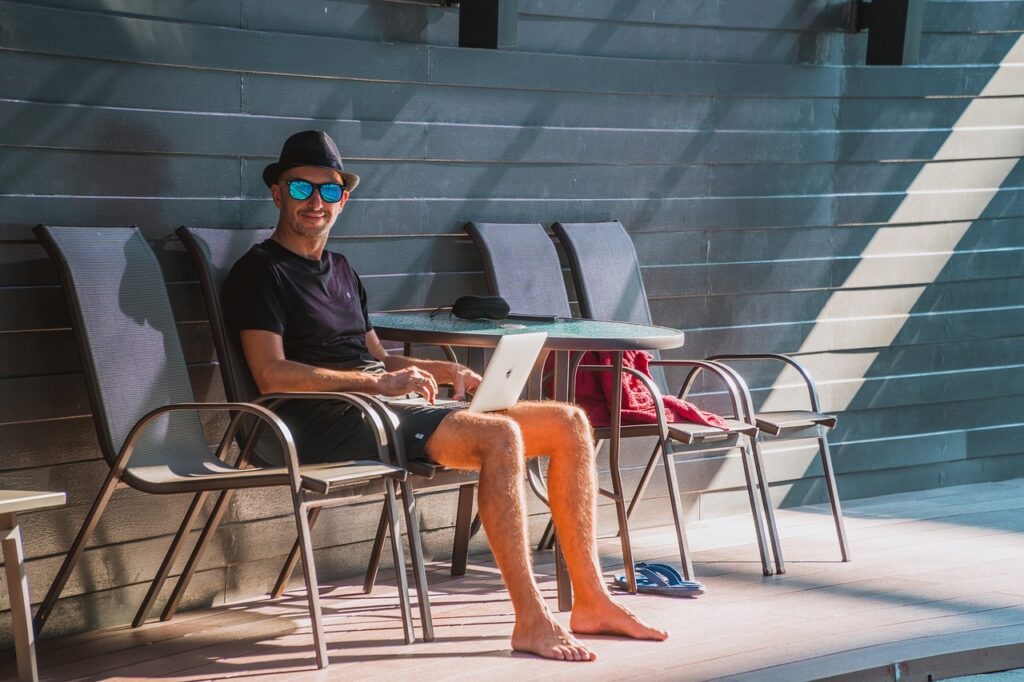Rise Up Against Sitting Disease



If you’re lying in bed, plopped on a couch, or sitting in a chair right now, you might have what is arguably the most common health problem worldwide – the sitting disease.
In today’s fast paced, tech-driven society, a typical work day is ironically spent seated in a chair.
We sit to commute to work and then sit between six to twelve hours hunched over a computer and in meetings before it is time to drive back home and unwind on the couch for the rest of the evening.
This prolonged, morning-to-bedtime type of sedentary behavior can spell bad news for our health.
Even those who meet the daily minimum amount of physical activity set forth by UK and US exercise guidelines are not immune from the harmful effects of excessive sitting for the simple fact that 30 minutes of exercise is only 1/48th of the day.
In other words, a 30-minute or 1-hour workout does not compensate for the lack of inactivity from being seated all day.
Why is Sitting so Bad?
Sitting in general isn’t bad. It is the continuous amounts of time spent seated that is exacerbating the top lifestyle-induced diseases.
Just two hours of continuous sitting puts our metabolic system at risk, regardless if you exercise regularly or not.
It decreases good cholesterol in the body, decreases blood circulation, raises blood sugar levels, and contributes to obesity, heart disease, high blood pressure, diabetes, and other lifestyle-related diseases.
Aside from putting our metabolic system at risk, excessive sitting has horrible consequences on our backs, necks, and overall posture.
 Being seated causes the normal S-curve in the spine to become C-shaped, and for extended periods of time places tremendous stress on the lower back and pelvic region, which may lead to painful dysfunctions and injuries such as sciatica, herniated discs, and/or muscle spasms.
Being seated causes the normal S-curve in the spine to become C-shaped, and for extended periods of time places tremendous stress on the lower back and pelvic region, which may lead to painful dysfunctions and injuries such as sciatica, herniated discs, and/or muscle spasms.
Similarly, spending so much time being hunched forward leads to the “rounded shoulders-forward head” syndrome where the muscles in the chest and the base of the neck become overworked and tight, causing the oh-so-common upper back and neck pains that is so prevalent these days.
What is the Solution?
The human body was obviously not designed to sit for extended periods of time and for most of us, we sit far more than we stand or engage in activity.
The remedy is obviously to stand up more often and to get in more physical activity throughout the day.
Even the American Medical Association has recognized the harmful effects of what scientists call the “the sitting disease” and has recently issued a policy encouraging workplace environments to offer employees alternatives to sitting all day, including standing desks.
“For people who sit most of the day, their risk of heart attack is about the same as smoking.” – Martha Grogan, Cardiologist, Mayo Clinic
Standing has the same benefits as walking; it increases blood circulation, increases blood flow, boosts metabolism, tones muscles, improves posture, burns more calories and improves focus and energy.
However, standing all day also has its share of health risks and may not always be practical or comfortable, which is why a leaning position is ideal.
Redefining the Way We Work
The Focal Upright Locus Workstation is an award-winning, revolutionary line of ergonomic upright furniture that promotes better posture, and more importantly, increases activity by allowing people to work in a position between standing and leaning thereby eliminating sedentary behavior and its associated health risks.
 The tilt- and height-adjustable seat correctly positions the spine by tilting the pelvis forward and opening up the hip angle, and engages the muscles of the core through constant micro-movements from the pivoting seat.
The tilt- and height-adjustable seat correctly positions the spine by tilting the pelvis forward and opening up the hip angle, and engages the muscles of the core through constant micro-movements from the pivoting seat.
A simple switch from the traditional desk and chair to upright furniture that promotes better ergonomics and physical activity throughout the day can have a positive impact on our health, without much effort.
It is also possible to get in more physical activity during the day by following these simple tips:
Set a Reminder
One easy way to limit the amount of time you spend seated or slouched forward is to set an alarm to remind you to stand up more often.
Set an alarm to beep every 30 minutes and use that reminder to change positions or stand up and grab some water, or even do some light hip flexor and neck stretches.
Angle Your Chair
While it isn’t recommended to sit in a chair – even an ergonomic chair – for extended periods of time, a chair with a reclining feature is better suited than a standard fixed chair if it can create an angle of 110 to 120 degrees with the hip and trunk.
This creates less tension on the lower back by decreasing the flexion at the hip flexors.
If your backrest does not recline, you can create the same effect by tilting the bottom of your chair forward so that your knees are below the height of your hips.
Most car seats have this capability and can relieve those suffering with sciatica.
Support, Stretch & Strengthen
Poor ergonomics like the distance of your keyboard, the height of your desk and the type of chair that you sit on can all affect your posture.
If you still prefer to use a traditional chair, make sure that your lower back is well supported by using a soft pillow between your lower back and chair and take frequent walking breaks.
Stretching out the tight muscles of the hip flexors and doing chin tucks to strengthen the weakened muscles of the neck are two simple and effective exercises that can help regain muscular balance over time.
Time for Change
With back pain, obesity, and other lifestyle diseases on the rise, large-scale change is needed. But in our busy lives, that change needs to be simple, effective, and easy to implement.
While it goes against our ingrained culture of sitting, adjustable sit-to-stand products are an effective solution for reducing prolonged sitting and will undoubtedly become the way of the future.
**View the published article in Women Health & Fitness magazine
If you found this post useful, chances are your friends and family will too. Hit that button and share the love!

Responses